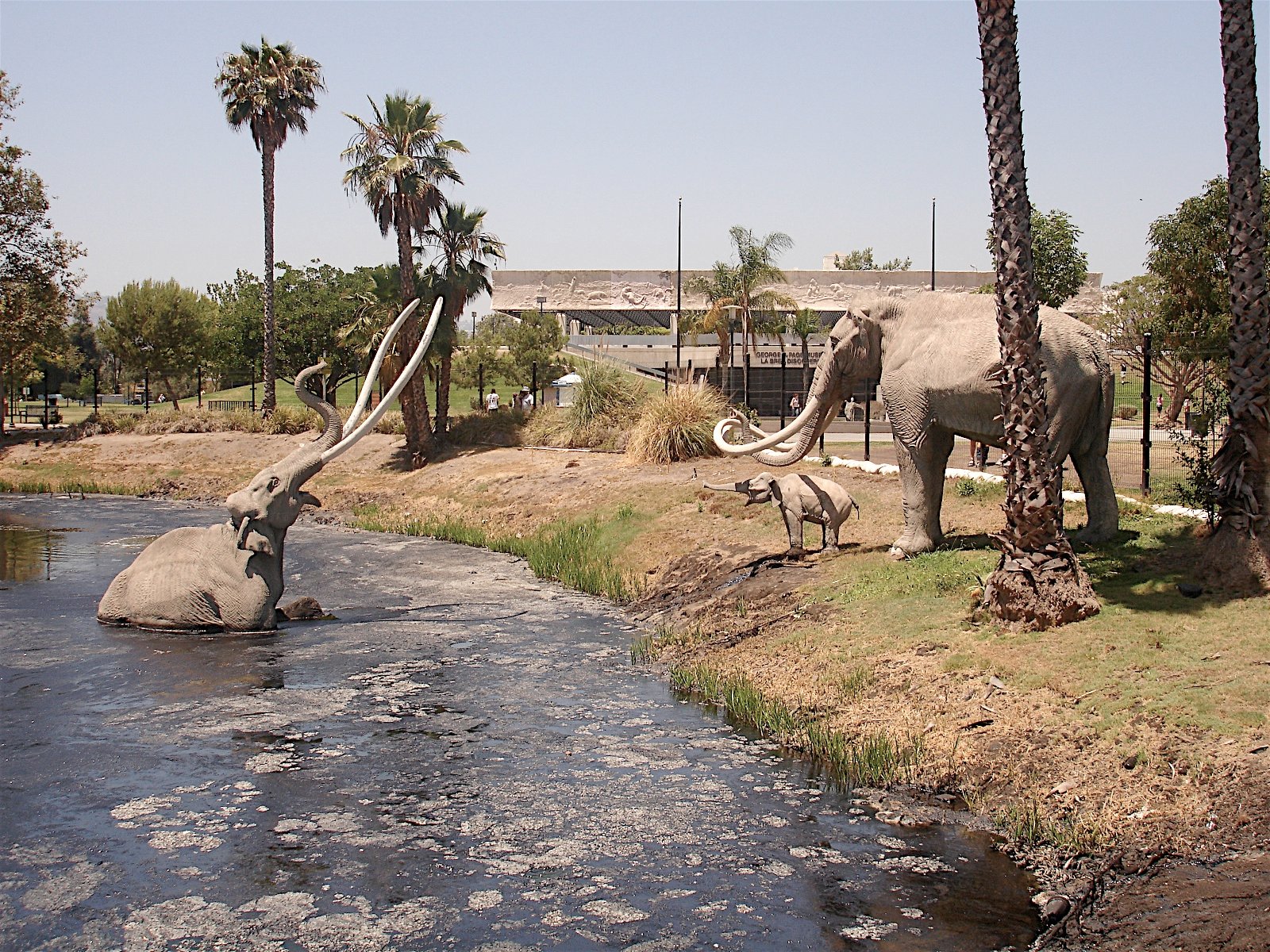Located in Exposition Park, the Natural History Museum (NHM) of Los Angeles County is one of the largest of its kind in the U.S. Boasting a massive collection ranging from mammals to dinosaurs and several special exhibits (current ones include the Butterfly Pavilion and Spider Pavilion), NHM is a must-see for LA County residents and visitors alike. The NHM family of museums also includes the La Brea Tar Pits and Museum, located near Hancock Park in West Hollywood.
The Natural History Museum is a treasure trove of historical and natural artifacts, which requires most of your day to get through all of it, or at least select exhibits that you may be interested in visiting. There’s something for everyone in the museum, from rocks and crystals to skeletal models of animals to native history and everything in between. The aesthetic of the museum itself is one that evokes historical museums, and there’s something about the architecture that is particularly iconic. Science and art museums often carve out a different aesthetic — one that is more contemporary — while natural history museums typically instill a feeling of returning to nature and a feeling of otherness, which can both be helpful in terms of an experience as well as harmful (human entitlement of nature or appreciation — it could go either way).
The La Brea Tar Pits are an iconic part of LA. Outside the museum, visitors are free to roam the grounds and take in the smell of the tar pits as well as observe excavators at work (they’re particularly eerie at night!). With museum admission, visitors can enter the extremely well-curated museum for an educational lesson on what has been found in the tar pits as well as what this says about the history of the area. With reconstructed skeletons of animals from the pits as well as an area where visitors can watch people at work in the fossil lab, working on cleaning and reconstructing bones, the museum is a must-see along with the tar pits. The tar pits themselves are fascinating, but without the background and context, it’s tough to grasp the importance and really appreciate the work done by scientists at the pits.
With some of the best science exhibitions and opportunities for learning and exploration in the country, it’s a no-brainer to go explore these museums and sites. Be sure to carve out enough time for each and check for special events and exhibitions (the Butterfly Pavilion is a fun add-on to the Natural History Museum, as you get an opportunity to go into the pavilion and look at the hundreds of butterflies flying around — some might even land on you!). There’s a rich historical and natural history in Los Angeles, which can be explored through the tar pits and the natural history museum alike.
Contact Olivia Popp at oliviapopp ‘at’ stanford.edu.
